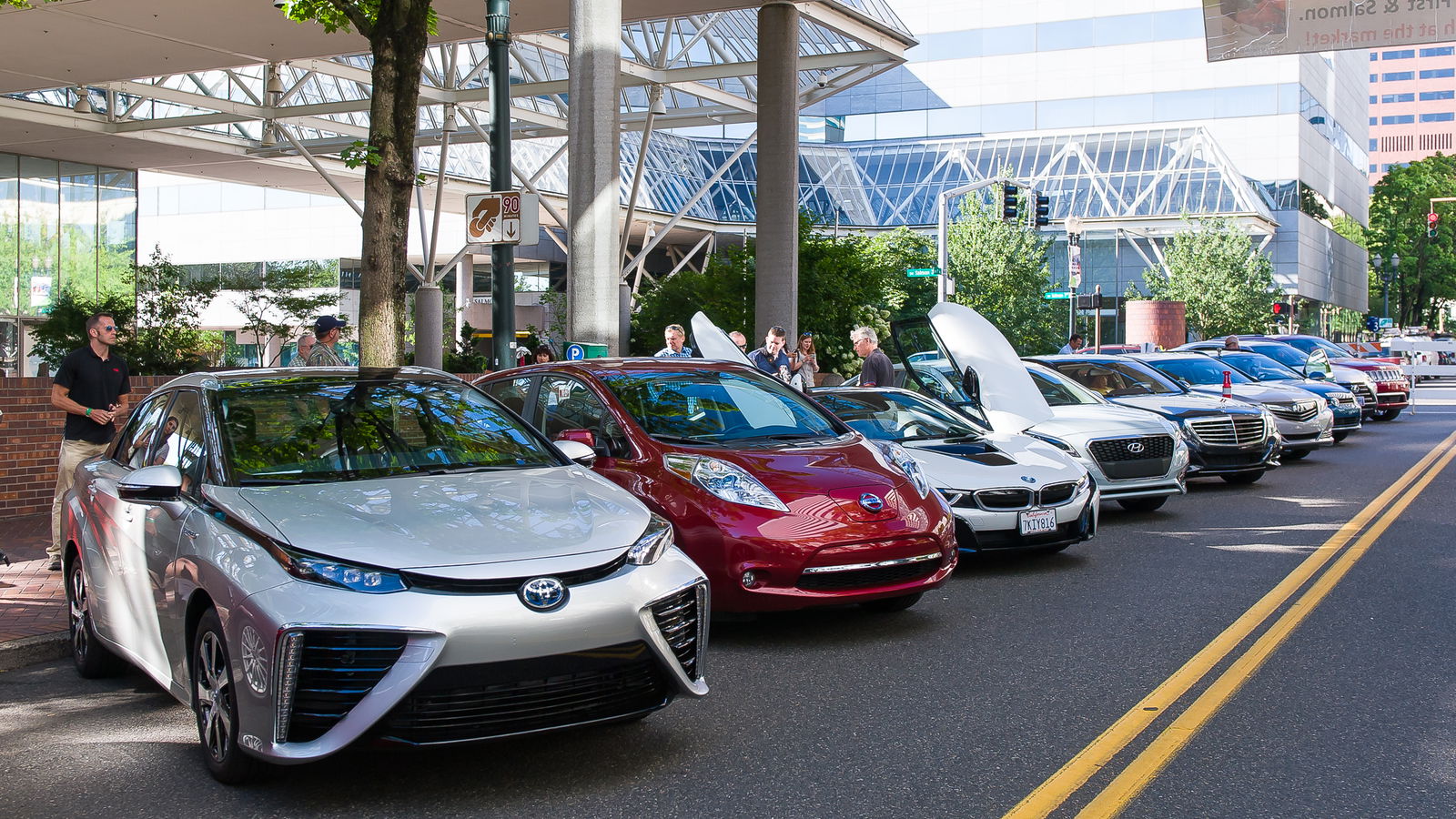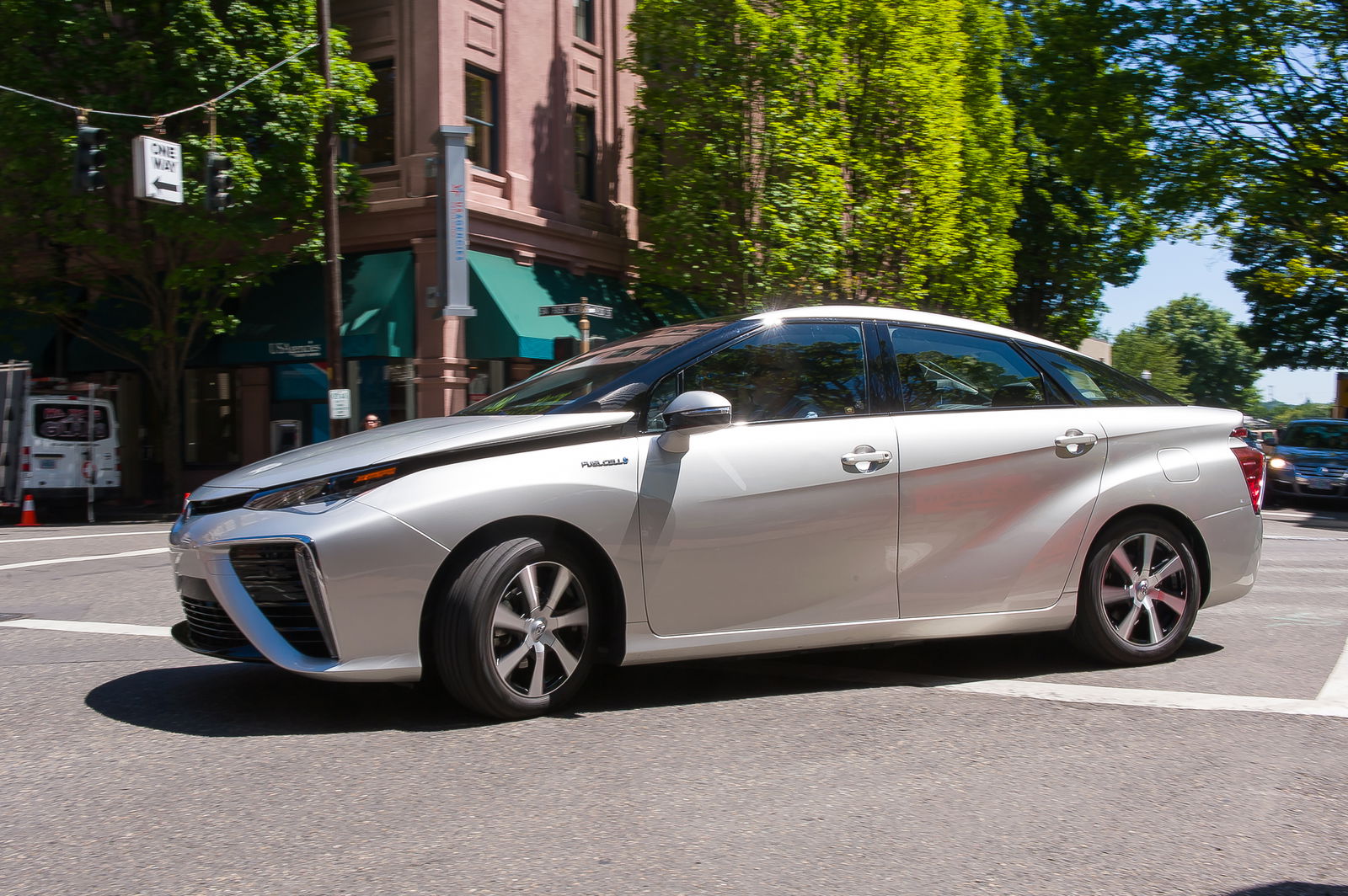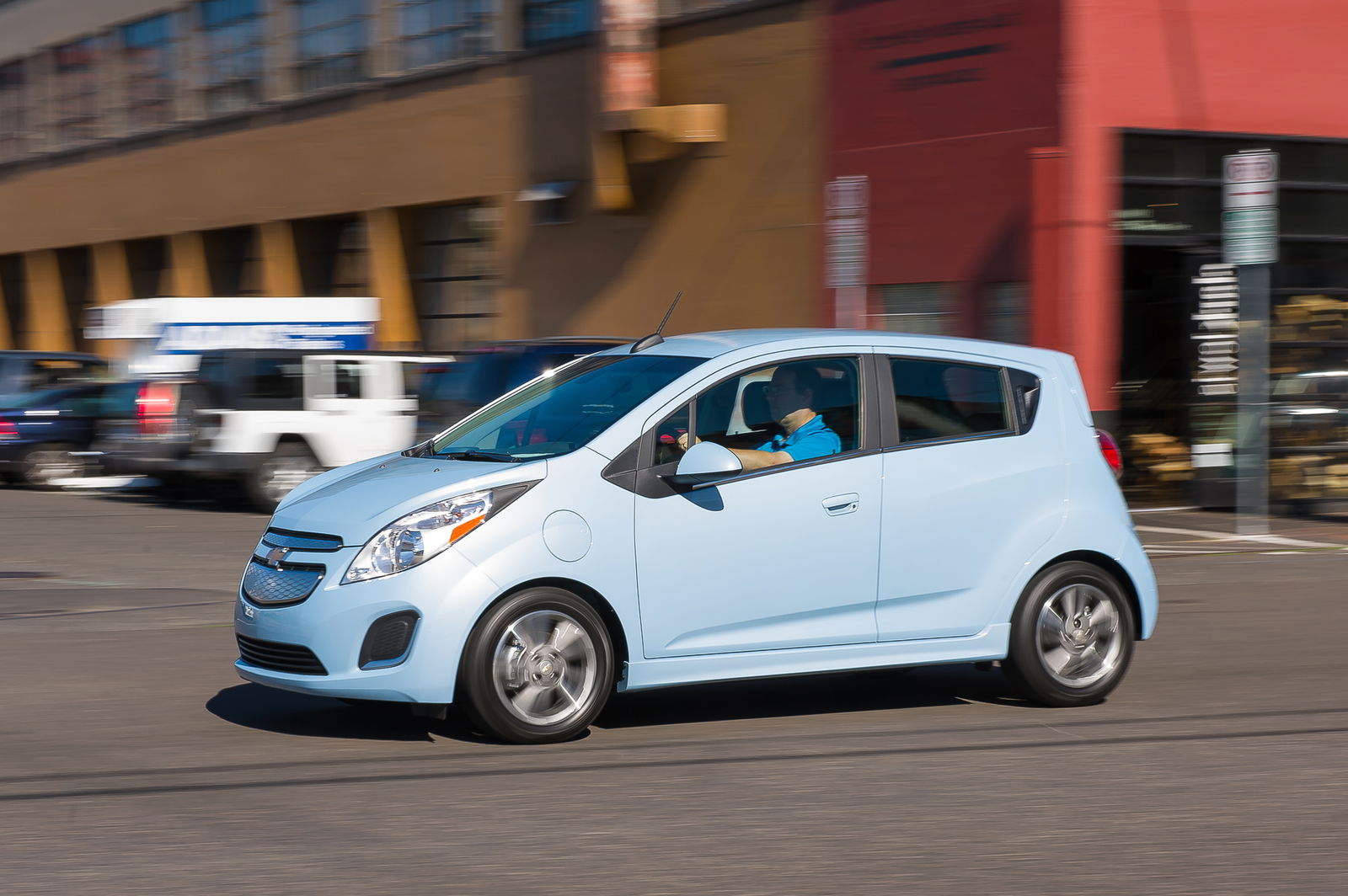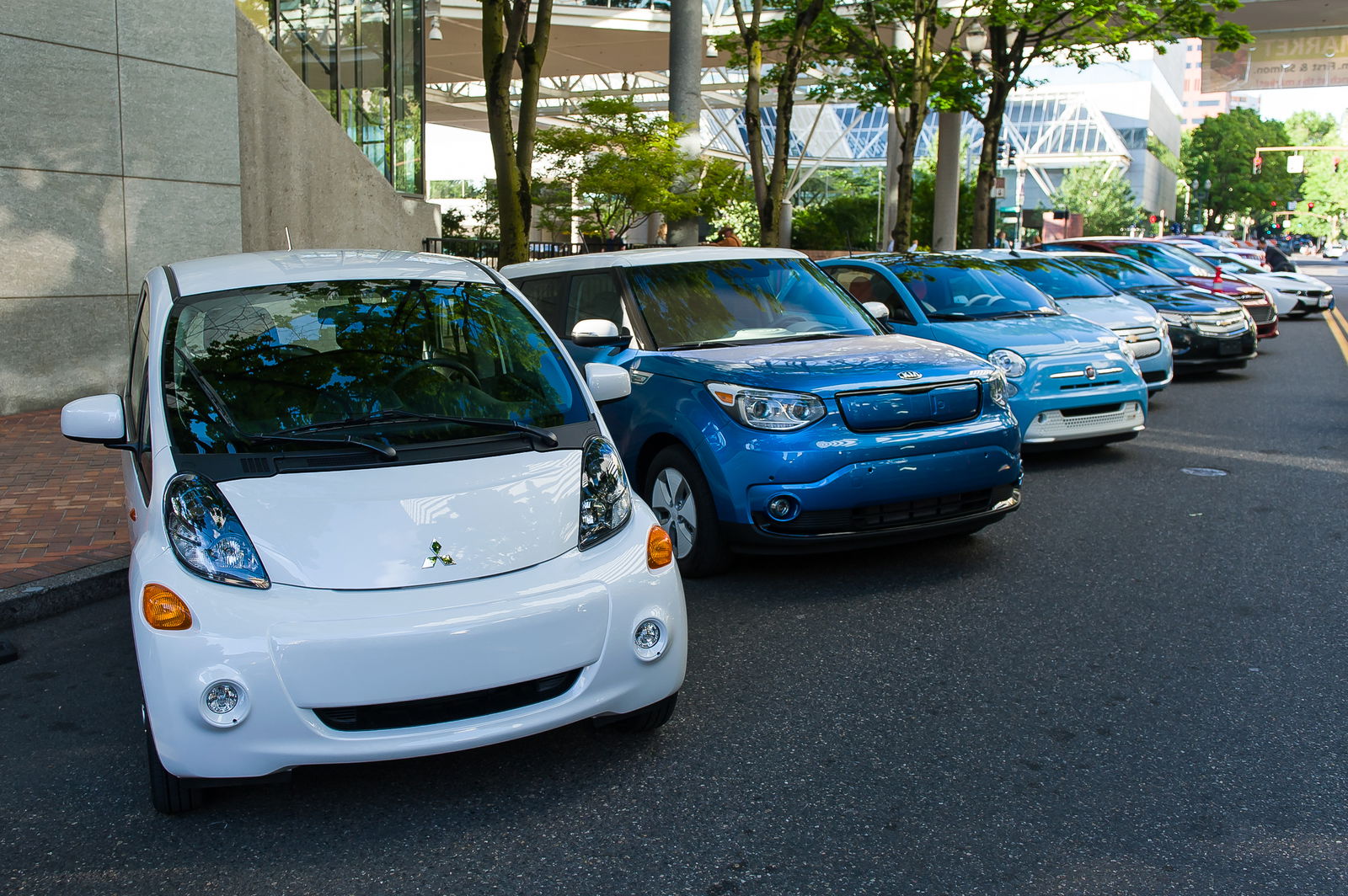Engineering Explained: 5 Reasons Why Hydrogen Cars Are Stupid

Sustainable transportation seems to be taking one of two routes: electric or hydrogen. Here are five reason why the latter makes no sense whatsoever…
- It’s not green
- The process is inefficient
- Hydrogen vehicles are too expensive
- The status quo is maintained
- Battery technology is improving
1. It’s Not Currently Green

This is easily the most frustrating part about hydrogen fuel cell-powered vehicles. The whole purpose of a hydrogen vehicle is that it has no emissions versus an ICE counterpart, yet the vast majority of the energy used to create hydrogen (it’s not an available resource, it must be extracted/created using existing resources) comes from natural gas. And this isn’t going to change anytime soon, and for a very simple reason: natural gas hydrogen formation is cheap, thus it will result in lower prices for the consumer. If consumers have the option between cheap hydrogen, or expensive hydrogen created with (the wasteful use of) renewable energy sources, they’ll choose what’s cheaper.
According to the Bosch Automotive Handbook, during the process of creating hydrogen using natural gas, there isn’t necessarily a CO2 emissions advantage versus using gasoline, diesel, or natural gas in internal combustion engines. So why do it at all? You don’t need the other reasons, but I’ll include them anyway.
2. The Process Is Inefficient
As if it wasn’t bad enough that hydrogen cars aren’t green, they’re really not that efficient either, regardless of where the energy comes from. The process is as follows:
Using natural gas in a process known as steam methane reformation, the hydrocarbons of methane are split into hydrogen and carbon components (including CO2) using heat and pressure. The other method, which can be done with renewable resources, is electrolysis, where water (H2O) is split into hydrogen and oxygen. Either way, it’s energy intensive.
The hydrogen then must be stored, either through compressing the gas into a liquid, or cooling it until it’s liquid.
Once the hydrogen is in liquid form, it can be shipped to its final distribution location. Whether by truck, rail, or pipeline, more energy is required. That’s not to say that there couldn’t be a solar powered hydrogen station which eliminates the transportation portion of the equation, it’s just expensive to do so.
The consumer then pumps the liquid hydrogen into their car, where a fuel cell converts the liquid into electricity. This is then used to drive the electric motors of the vehicle, just like any other electric vehicle.
This is why electric cars make so much more sense. Renewable energy can be used to generate electricity, the electricity charges a battery in your car, and the battery energy powers the electric motors onboard. Far less energy overall is required.
3. It’s Expensive
Hydrogen fuel cell vehicles, like any new technology, are not cheap. When the Honda FCX Clarity went on sale in the US it was available to lease at $600/month. Toyota expects the majority of Mirai buyers will lease for $499/month with $3649 down rather than paying the hefty $57,500 (before incentives) sticker price. That’s getting close to Tesla territory, and you still have to pay for gas. It is worth noting that Toyota will cover your fuel costs for the first three years.
4. Energy Independence

I was recently at an EV conference where Tesla informed the crowd that 90 per cent of Model S charging is done at home. That means 90 per cent of the energy cost of running your car is tacked on to the same bill as the energy for the screen you’re reading this on. For locations that offer renewable energy, this is a big deal, because it keeps the entire equation sustainable. It also means the vast majority of the time you don’t have to visit gas stations, and when you do, Tesla offers free supercharging for long distance travel - you’re covered. This is significantly cheaper than gasoline, and you’ll also likely be charging during the night, where peak loads on power are lower and rates are often cheaper.
There’s an entire industry which has to be devoted to hydrogen fuel pumps; the system is much simpler and more convenient for battery-powered vehicles. I’m no conspiracy theorist, but if you’re an oil company, electric cars are just bad news. Hydrogen maintains the status quo.
5. What About Refuelling And Range?

The range of the Toyota Mirai is about 300 miles, and refuelling can be done in about 5 minutes. That’s a significant time saving over a Tesla Model S charge, even if it’s using the fast supercharging stations. This is the real advantage of hydrogen cars over electrics. Now the argument could be made: why pay for a hydrogen vehicle that really isn’t any greener than a Prius, when a Prius has a longer range and is cheaper? I think that’s perfectly valid, but I think there’s an even more important argument when we look at sustainable solutions long term.
Elon Musk stated that by 2017 the range of the Model S could be over 600 miles (1000km), and by 2020 over 700 miles (1200km). When you take into consideration opportunity charging, and the fact that humans must sleep at night, a 700 mile range battery would essentially be a limitless range. And when electric vehicles no longer come with range anxiety, there will be no reason whatsoever to buy a hydrogen fuel cell-powered car.
In the market for an electric vehicle, but the Tesla is out of your price range? I found the e-Golf to be the most enjoyable of the economy electric cars. The Nissan Leaf also offered a well sorted package overall, and the 2016 model will have an even greater range.
Comments